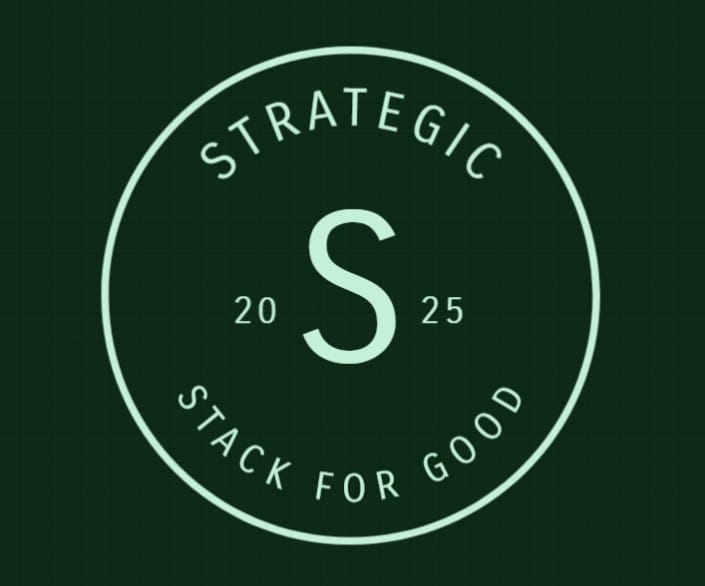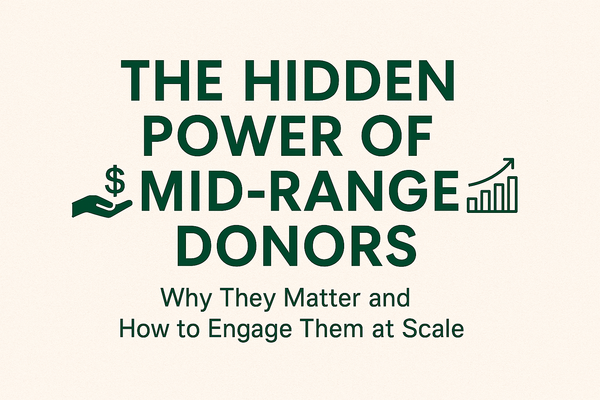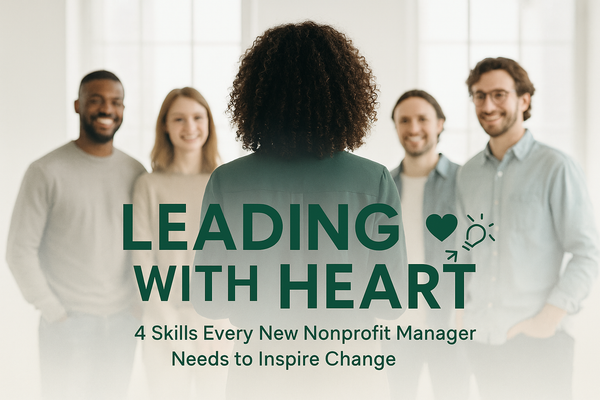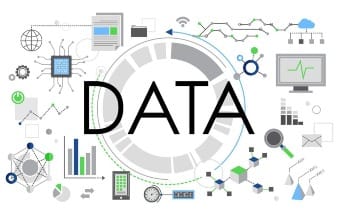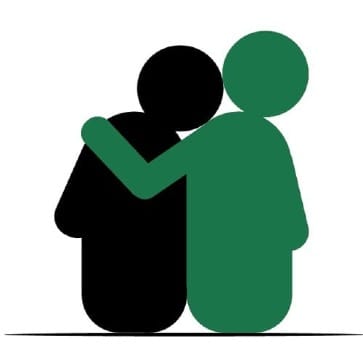🏆 Innovation Wins the Nobel: What It Means for Nonprofit Tech
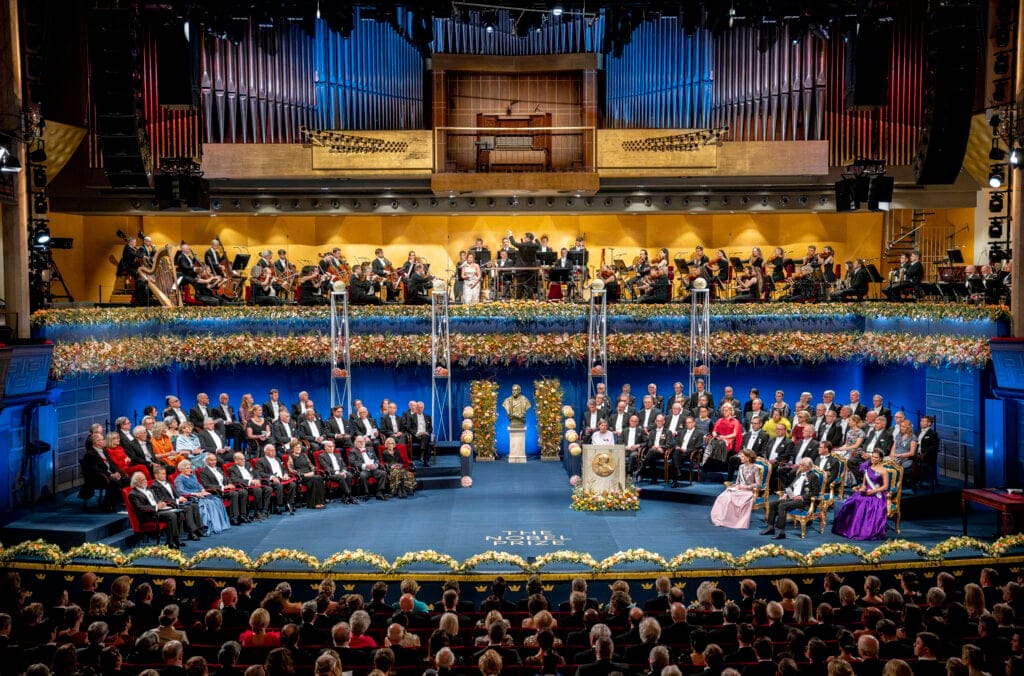
Today, the 2025 Nobel Prize in Economic Sciences was awarded to Joel Mokyr, Philippe Aghion, and Peter Howitt for their groundbreaking work on innovation-driven economic growth and the theory of creative destruction—the process by which new technologies replace old ones, fueling progress and prosperity[1].
Their research isn’t just academic. It’s a wake-up call for every sector—including nonprofits.
💡 What Is Creative Destruction?
Creative destruction is the idea that innovation doesn’t just build—it disrupts. New products, systems, and ideas replace outdated ones. This cycle is what drives sustained growth, according to Aghion and Howitt’s influential 1992 model[2].
Mokyr’s contribution emphasized that for innovation to be self-sustaining, we need more than just “what works”—we need to understand why it works. He also highlighted the importance of societies being open to new ideas and willing to embrace change[1].
🧭 Why This Matters for Nonprofits
Nonprofits often operate in environments where change is slow and legacy systems dominate. But the Nobel committee’s message is clear: growth isn’t guaranteed. It depends on our ability to innovate—and to let go of what no longer serves us.
For nonprofit leaders, this means:
- Reevaluating tech stacks: Are your systems helping or hindering your mission?
- Investing in digital transformation: Cloud-based ERP, data analytics, and AI can unlock new capacity.
- Championing openness: Innovation thrives in cultures that welcome experimentation and learning.
🌍 Innovation with Purpose
The laureates also warned of risks: monopolies in AI, environmental limits, and protectionist policies that stifle progress[2]. For nonprofits, this is a reminder to:
- Advocate for ethical tech and open markets
- Align innovation with sustainability
- Ensure that digital transformation is inclusive and mission-aligned
✨ Final Thoughts
The Nobel Prize doesn’t just honor past achievements—it points to the future. For nonprofits, embracing innovation isn’t optional. It’s how we stay resilient, relevant, and ready to meet the challenges ahead.
Let’s take inspiration from Mokyr, Aghion, and Howitt—and build tech stacks that serve the greater good.
References[1] www.forbes.com[2] Forbes
